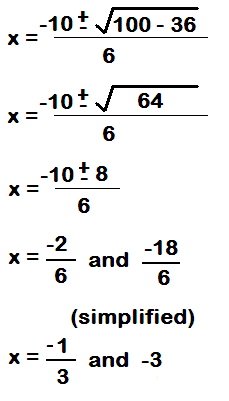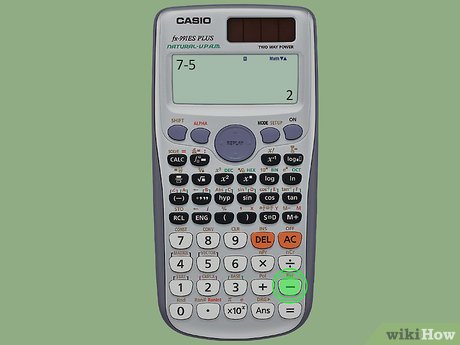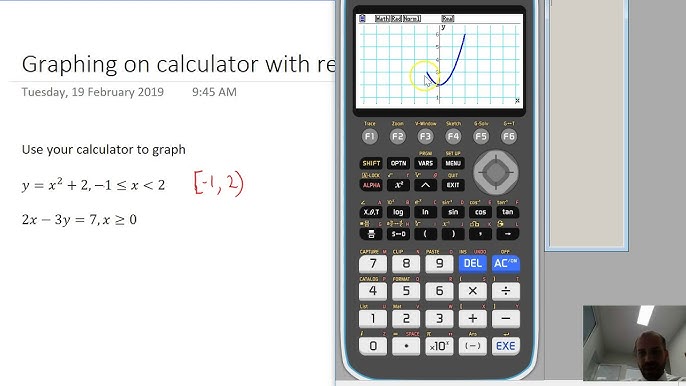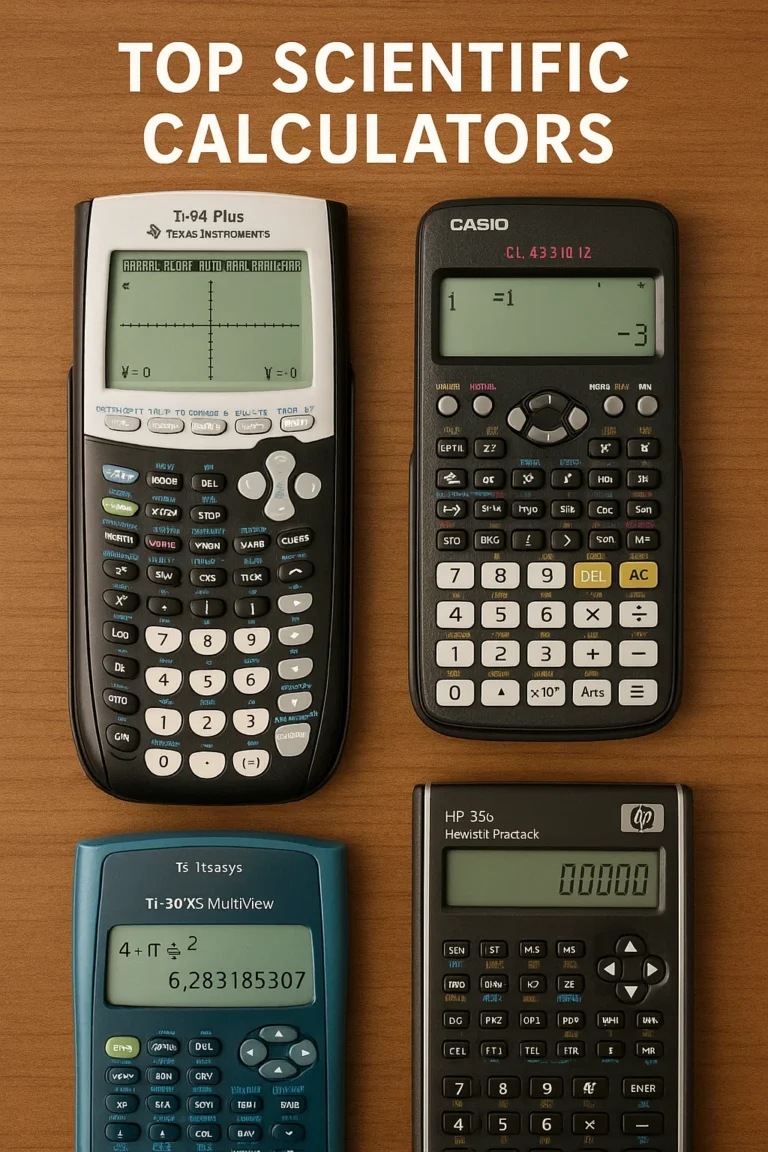Let’s be honest—percentages are everywhere! Whether you’re calculating discounts during a sale, figuring out your exam scores, or even determining how much to tip at a restaurant, understanding percentages is a lifesaver. Yet, many people struggle with them.
If you’ve ever found yourself staring blankly at a price tag, trying to mentally calculate 20% off, don’t worry—you’re not alone! The good news? Once you master the basics, percentages become super easy to work with.
In this guide, we’ll break it all down step by step, with real-world examples and quick tricks to make calculating percentages a breeze. Plus, we’ll see how an online scientific calculator—like the Innovera Calculator—can make things even easier.
Understanding the Basics of Percentages
A percentage is simply a way of expressing a number as a fraction of 100. The word itself comes from the Latin phrase per centum, meaning “by the hundred.”
For example:
- 50% means 50 out of 100, or 1/2 in fraction form.
- 25% means 25 out of 100, or 1/4 in fraction form.
- 75% means 75 out of 100, or 3/4 in fraction form.
Why Do Percentages Matter?
Percentages help us:
✔ Compare numbers easily (e.g., “This product has 30% fewer calories!”)
✔ Find portions of a total (e.g., “You completed 80% of your project.”)
✔ Calculate increases or decreases (e.g., “Your salary increased by 5%!”)
Now, let’s dive into how to actually calculate percentages—without breaking a sweat.
1. Finding a Percentage of a Number
The most common percentage calculation you’ll need is finding a percentage of a given number.
📌 Formula:Percentage Value=(Percentage÷100)×Total Number\text{Percentage Value} = (\text{Percentage} \div 100) \times \text{Total Number}Percentage Value=(Percentage÷100)×Total Number
Example 1: Finding 20% of 150
(20÷100)×150=0.2×150=30(20 \div 100) \times 150 = 0.2 \times 150 = 30(20÷100)×150=0.2×150=30
So, 20% of 150 is 30.
Quick Trick with an Online Scientific Calculator
If you don’t want to do the math manually, simply use an online scientific calculator. With the Innovera Calculator, just type:
💡 150 × 20% =
Boom! You get 30 instantly.
2. Converting a Fraction or Decimal into a Percentage
Sometimes, you’ll have a fraction or decimal and need to express it as a percentage.
📌 Formula:Percentage=Decimal×100\text{Percentage} = \text{Decimal} \times 100Percentage=Decimal×100
Example 2: Converting 0.75 into a Percentage
0.75×100=75%0.75 \times 100 = 75\%0.75×100=75%
Example 3: Converting ⅖ into a Percentage
(2÷5)×100=0.4×100=40%(2 \div 5) \times 100 = 0.4 \times 100 = 40\%(2÷5)×100=0.4×100=40%
Shortcut: Just move the decimal two places to the right.
- 0.5 = 50%
- 0.08 = 8%
- 0.625 = 62.5%
3. Finding What Percentage One Number is of Another
This is useful for grades, discounts, and comparisons.
📌 Formula:Percentage=(Part÷Whole)×100\text{Percentage} = (\text{Part} \div \text{Whole}) \times 100Percentage=(Part÷Whole)×100
Example 4: What Percentage is 45 out of 60?
(45÷60)×100=0.75×100=75%(45 \div 60) \times 100 = 0.75 \times 100 = 75\%(45÷60)×100=0.75×100=75%
So, 45 is 75% of 60.
4. Increasing or Decreasing a Number by a Percentage
Need to calculate a price after a discount or salary after a raise? This formula has you covered.
📌 Formula for Increase:New Value=Original Value×(1+Percentage÷100)\text{New Value} = \text{Original Value} \times (1 + \text{Percentage} \div 100)New Value=Original Value×(1+Percentage÷100)
📌 Formula for Decrease:New Value=Original Value×(1−Percentage÷100)\text{New Value} = \text{Original Value} \times (1 – \text{Percentage} \div 100)New Value=Original Value×(1−Percentage÷100)
Example 5: Increasing $200 by 15%
200×(1+15/100)=200×1.15=230200 \times (1 + 15/100) = 200 \times 1.15 = 230200×(1+15/100)=200×1.15=230
So, $200 with a 15% increase becomes $230.
Example 6: Applying a 25% Discount to $80
80×(1−25/100)=80×0.75=6080 \times (1 – 25/100) = 80 \times 0.75 = 6080×(1−25/100)=80×0.75=60
So, after a 25% discount, the final price is $60.
🛍 Real-Life Application:
Ever been at a store and seen a “30% Off” sale? Now you can calculate the final price in seconds!
5. Using Logarithms of Decimals on Innovera for Advanced Percentage Calculations
For complex financial calculations (like compound interest or exponential growth), you might need logarithms.
Why Use Logarithms for Percentages?
- Logarithms help with exponential percentage changes (e.g., stock market growth).
- The Innovera Calculator supports logarithms of decimals, making these calculations easy.
Example 7: Compound Interest Calculation Using Logarithms
If you invest $1,000 at 5% annual interest for 10 years, the formula is:A=P(1+r/n)ntA = P(1 + r/n)^{nt}A=P(1+r/n)nt
Where:
- P = Principal ($1,000)
- r = Rate (5% or 0.05)
- n = Times compounded per year (12 for monthly)
- t = Years (10)
Instead of solving manually, use the Innovera Calculator:
💡 Type: log(1.05^10) × 1000
And get the final value instantly!
Final Thoughts: Mastering Percentages with Ease
By now, you should feel way more confident about calculating percentages. Whether you’re shopping, working on a budget, or studying, these tricks will help you tackle any percentage-related problem like a pro.
Key Takeaways:
✅ Use formulas for quick calculations
✅ Leverage an online scientific calculator for speed
✅ Innovera Calculator helps with advanced calculations, including logarithms
✅ Practice with real-life examples to build confidence
So, next time you see a SALE sign, want to calculate your grades, or need to analyze financial growth, you’ll know exactly what to do.











